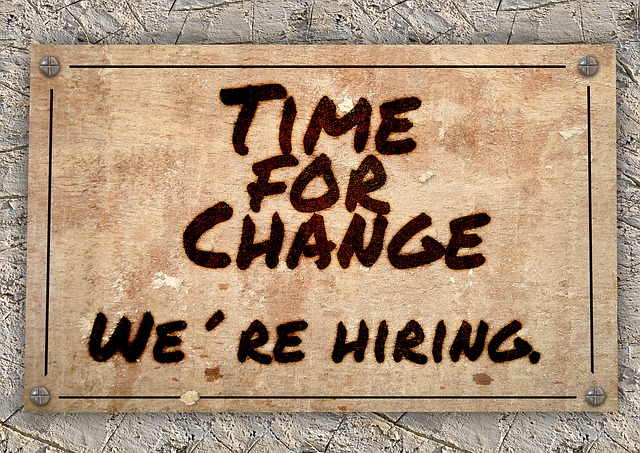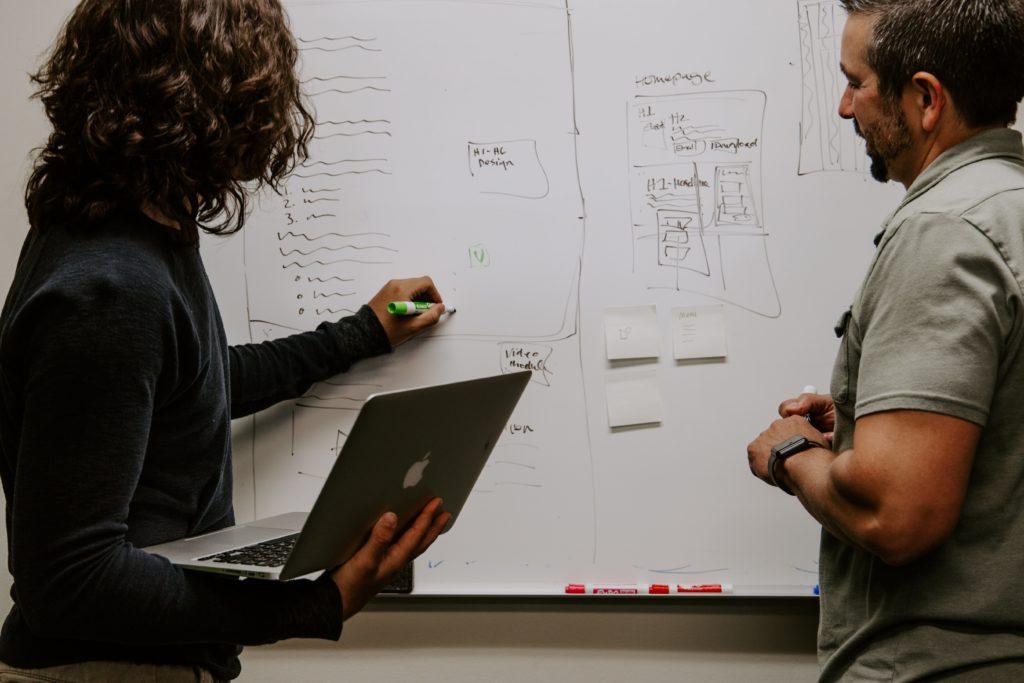How to Craft a Nonprofit Board Orientation Strategy
 Please don’t leave your new (or old for that matter) board members dangling!
Please don’t leave your new (or old for that matter) board members dangling!
Being a board member is not something we’re generally taught. In fact, it can be a complete mystery. Folks feel proud to have been recruited to join your board, and excited to begin their service, but… what happens next can mean the difference between a fulfilling experience and a disappointing one.
Do you have a board orientation strategy?
I don’t just mean in a dusty handbook somewhere on a shelf or in a file no one can find. I mean a vibrant orientation approach that kicks in the moment your board candidate says “yes” and, subsequently, as soon as they’re voted in by the full board.
Recruitment is just the tip of the iceberg of building an effective board.
It’s an important “tip,” don’t get me wrong. And all too often it’s handled poorly, leading to nothing but problems down the line. One of the most common complaints I hear from nonprofit staff is their board won’t help with fundraising. And the most common reason is the board members tell me: “I wasn’t told I’d have to help with fundraising,” or even worse “I was told I didn’t have to fundraise.”
Don’t put yourself in the bait and switch mode.
From the get-go, explain to prospective board members what’s expected of them. All should be involved in some way in giving and getting. Once they sign on, solidify this agreement and their critical role as ambassadors, advocates and askers during the orientation process.

 In my last article I talked about
In my last article I talked about 

 I’m a huge Seth Godin fan, always in awe of the plethora of wisdom he manages to pack into one pithy post. I save them up, building a collection I can draw upon for inspiration as life, personal and professional, pushes in.
I’m a huge Seth Godin fan, always in awe of the plethora of wisdom he manages to pack into one pithy post. I save them up, building a collection I can draw upon for inspiration as life, personal and professional, pushes in.
 The single most important lesson I ever learned.
The single most important lesson I ever learned.
 If you’ve never read management and marketing guru
If you’ve never read management and marketing guru 
 I confess I know virtually zip about artificial intelligence.
I confess I know virtually zip about artificial intelligence.
 Okay, I recently let folks know I’d “finagled” a discount for them. After one reader told me the word “finagle” means “to obtain something by devious or dishonest means,” I sent an apologetic “Ruh Roh” email. I received a lot of forgiving feedback. Thank you! Many of you kindly supported my initial use of the word “finagle.” Apparently, there is more than one definition.
Okay, I recently let folks know I’d “finagled” a discount for them. After one reader told me the word “finagle” means “to obtain something by devious or dishonest means,” I sent an apologetic “Ruh Roh” email. I received a lot of forgiving feedback. Thank you! Many of you kindly supported my initial use of the word “finagle.” Apparently, there is more than one definition.